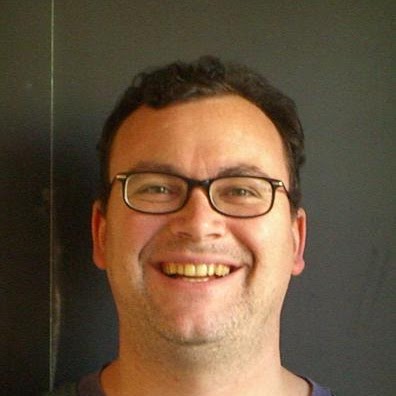Candidate Statement: Tom Maccarone
Nominated Office: USNC-IAU
Affiliation: Texas Tech University
Position/title: Associate Professor
PhD institution: Yale (2001)
Areas of scientific interest:
- accreting compact objects
- evolution of binary stars
- dynamics of star clusters
AAS positions: n/a
Other relevant positions and experience:
- Scientific Organizing Committees for typically 1-2 international meetings per year
- Member of the Chandra Users' Committee, starting in 2015
- Member of typically 1-2 time allocation committees per year
- Chair of INTEGRAL (International Gamma-ray Astrophysics Laboratory) Time Allocation Committee (2011-2012)
Candidate Statement: The International Astronomical Union is of fundamental importance to the world community. In addition to its role in promoting internationalism in astronomy, and serving as a place where a consensus can be developed where required, it provides one of the few sources of funding for promoting the growth of astronomy in developing countries, and, perhaps even more importantly, the recognition of the fundamental value of the basic sciences in the developing world. From my own personal perspective, internationalization is fundamentally important: my four PhD students who have finished have gone on to postdocs in Africa, Asia, Australia and the United States, and I, myself, have worked on both sides of the Atlantic and maintain collaborations with scientists on all continents other than Antarctica.
One of the key challenges for the IAU in coming years will be to deal with data access issues as we move forward. Some major new facilities, such as the Square Kilometer Array, appear to be moving away from open access proposal models, and countries which have not had extended traditions in producing world class facilities are starting to develop space programs and make major investments in ground-based facilities. Multi-messenger facilities (e.g. neutrino, Cerenkov, and gravitational wave telescopes and arrays), which have traditionally operated as physics experiments, where only the team members have data access, rather than as observatories, are likely to start providing the same breadth and depth of data that traditional observatories do. The IAU can, and should, serve as a place where the new challenges are discussed: how can we ensure, all at once, that countries have incentives to invest in facilities; that science is developed in nations where it has not traditionally been strong; that instrument builders have strong incentives to invest years of their lives in developing new facilities for the community; all while ensuring that facilities are used for the best science possible? The IAU cannot solve all these problems, but it can make recommendations that can provide a framework for good community practices, and, in some cases, help scientists to convince politicians in their home countries of why open access policies on telescopes (and, for theorists, on supercomputing facilites) are good for everyone.
The United States has traditionally taken a real leadership role with its national facilities in supporting open skies. As we move into an era when a broader range of countries are producing world class facilities, we need to push for the American model of shared access, to promote the best possible science regardless of one's host institution, to be the world model. We must recognize both the value that this has to the rest of the world community in being able to use American facilities, but also to American astronomers, especially at smaller institutions, in having access to the full suite of facilities around the globe.


